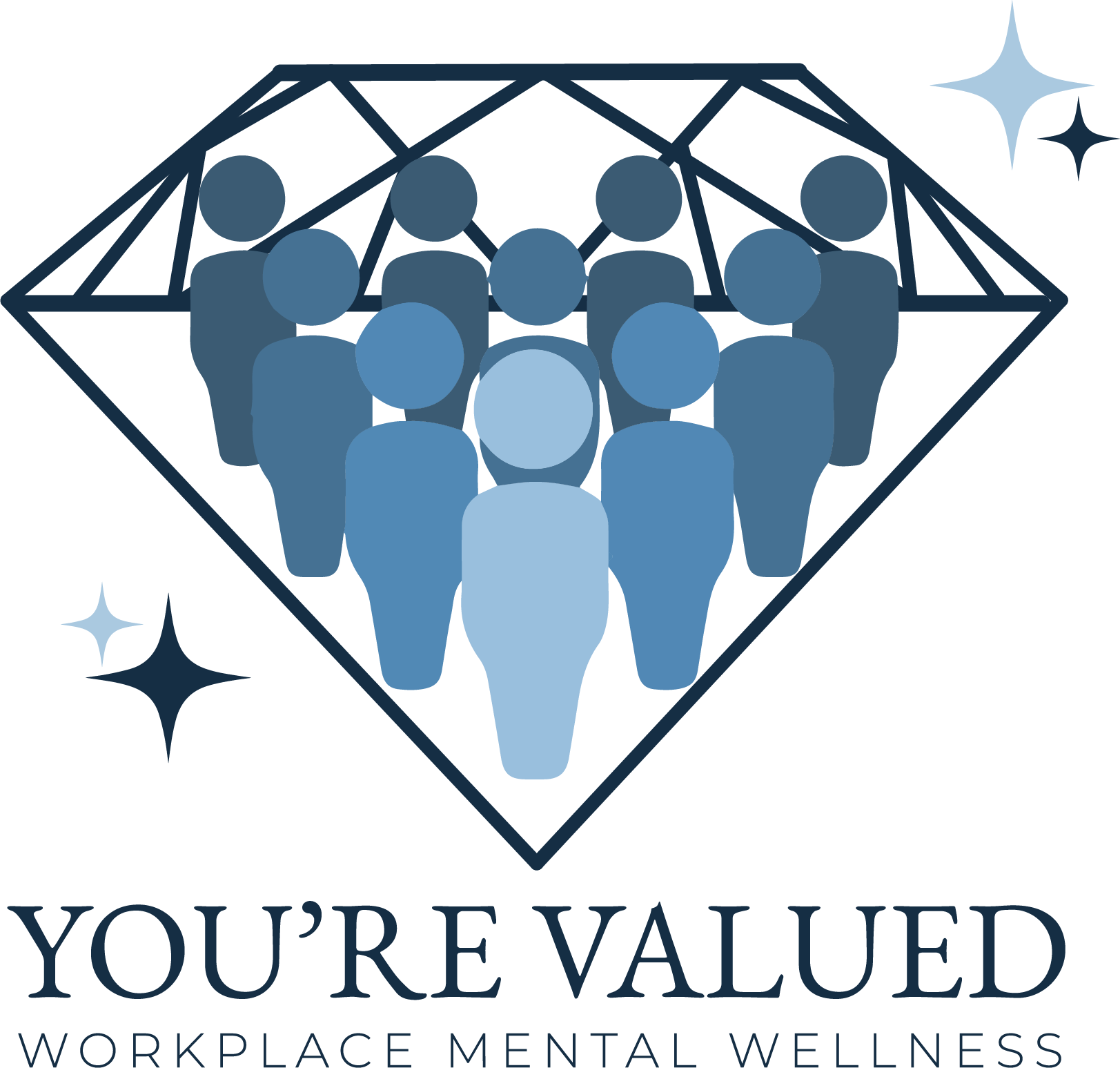Where client was when I met them: Client was struggling with being a parent to a child who was diagnosed with autism and emotionally unstable personality disorder. Client was in a high-end job which contributed to them experiencing a lot of pressure at work with the added pressure of caring for a child with mental illness.
Effect of their problem: Client openly informed they were stressed and burnt out due to their family and work pressures. This adversely impacted on their social, family and work life.
Where they wanted to be: The client wanted all the challenges to stop, child to have the right support and treatment to recover, and experience joy at home and at work.
How and why, they had an intervention with me: Client was referred to me by another healthcare professional, as I was the mental health practitioner with the skills to support the client. They felt they had had many consultations and interactions with professionals over the years but did not feel listened to. They were initially reluctant to engage as they thought I might judge them about not having time for their child and spending more time at work.
What I did as a professional: Client realised after 2 minutes of conversation with me that was not the case. We quickly established a rapport and I explored in depth their social, family and work life challenges. We agreed to go for walks during our sessions, talked about what makes them happy and what makes them sad. Conversations were structured in ways to help the client identify things about their life they miss that used to make them happy. Ample time and space were given to the client to vent their feelings, the client was emotionally expressive during some of the sessions and commended me for make her feel safe and valued when they were feeling vulnerable. We explored interventions such as mindfulness, coaching and physical activities which the client thought they might benefit from. Client was encouraged to actively engage in these interventions and keep a journal to help them offload their worries. They felt empowered to implement changes at work, which included delegating more to find time to spend with family. Client’s family did more activities together which also improved their child’s mental health.
Where is the client now? The client is in a good place now and feels bold to address challenges. The client’s family are happy, and they are able to manage the child’s mental health needs better. Their work life is good and they spend more quality time together as a family. Client did not have to use medication to feel better, having support to make simple changes to their life was what made a positive difference.

